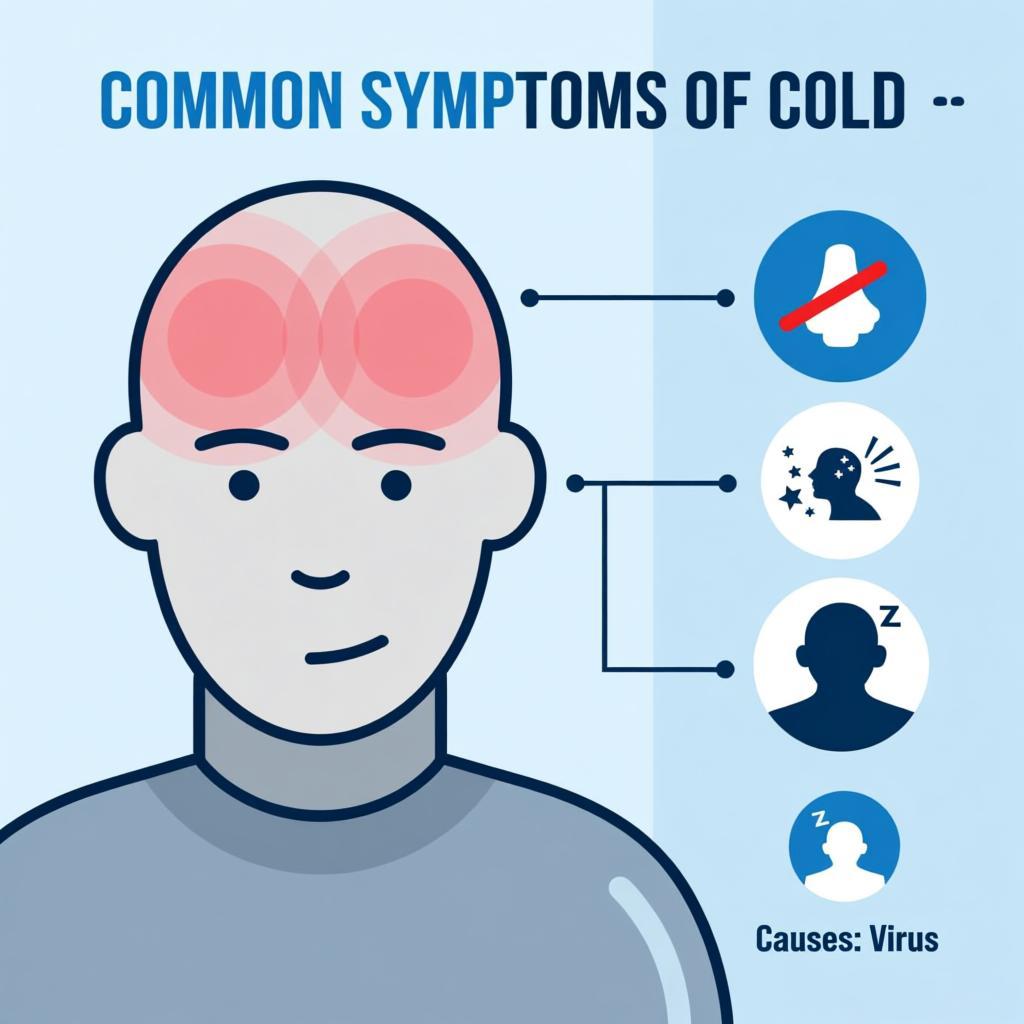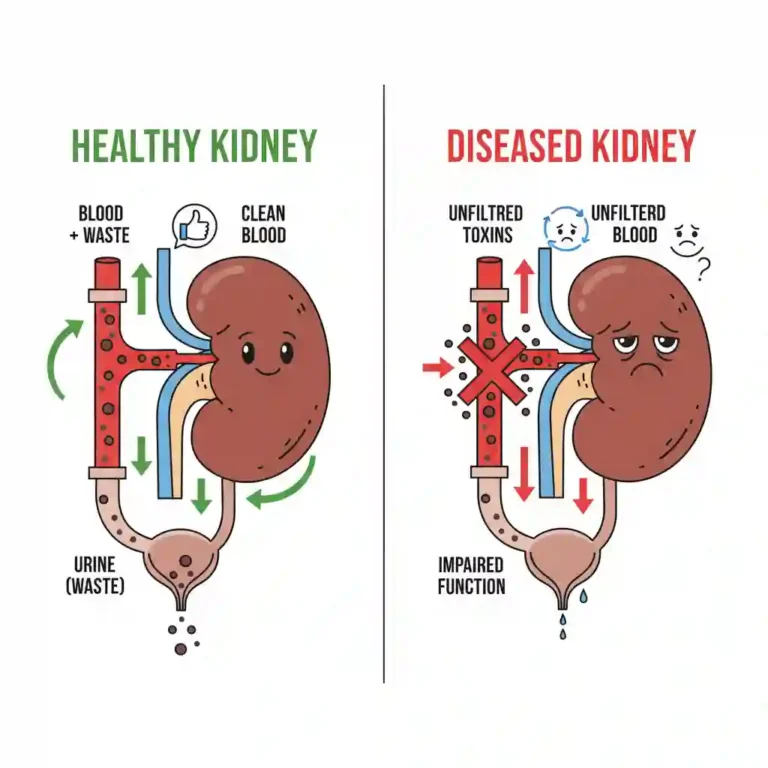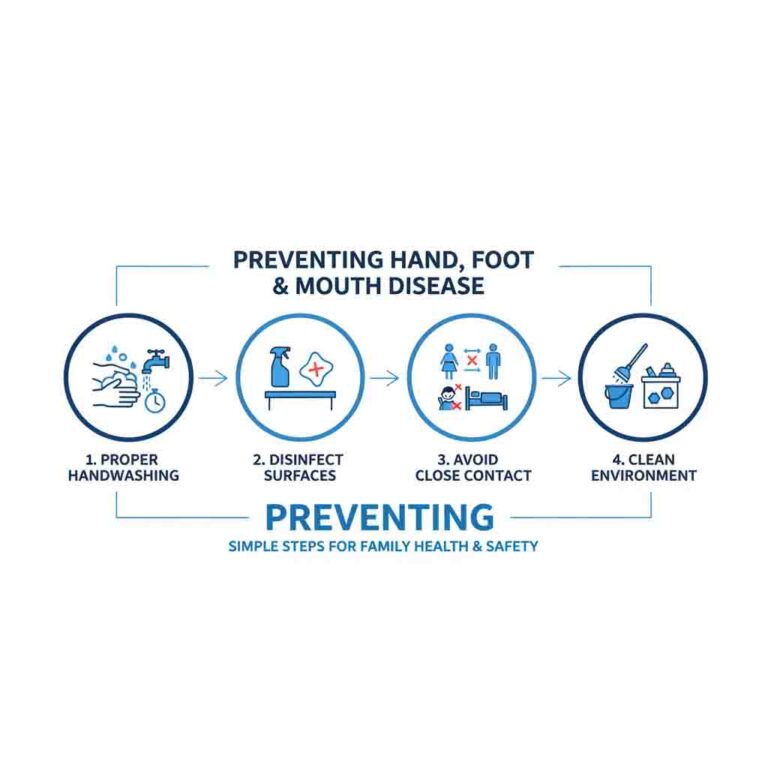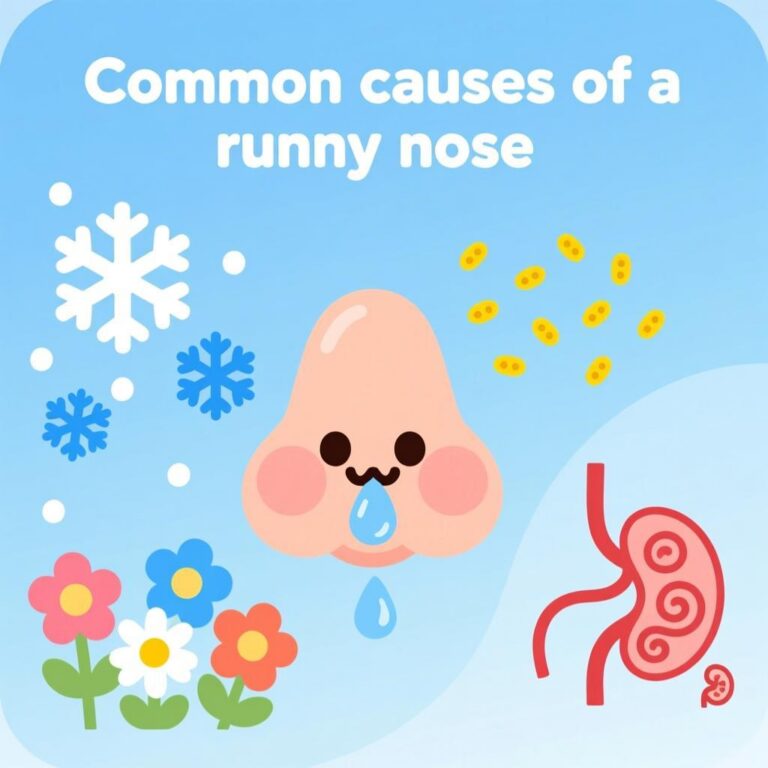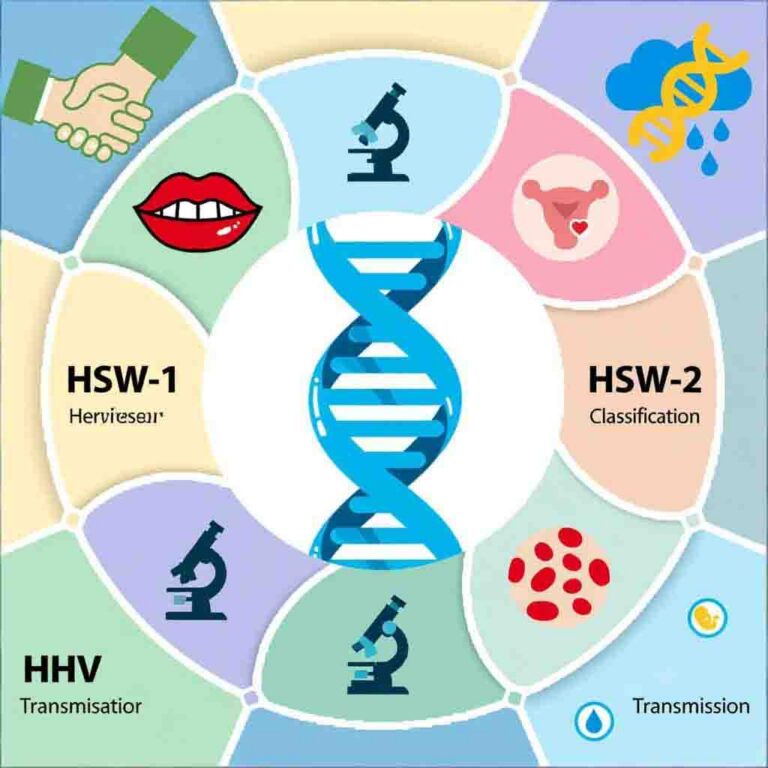Clinical Definition
A headache secondary to a common cold is a form of pain in the cranial region resulting from acute inflammation of the paranasal sinus mucosa. This condition, clinically referred to as acute viral rhinosinusitis, is not a primary headache disorder but rather a symptom of an underlying upper respiratory tract infection. The pain is typically characterized as a dull ache or pressure sensation in the frontal, maxillary, or ethmoidal regions, which may be exacerbated by postural changes such as bending forward.
Clinical Coding & Classification
Headache in this context is coded based on the primary infectious diagnosis. The headache itself is considered a symptom of the underlying condition.
| Coding System | Code | Description |
|---|---|---|
| ICD-10-CM | J00 | Acute nasopharyngitis (Common Cold). This is the primary diagnosis for the causative viral infection. |
| ICD-10-CM | J01.90 | Acute sinusitis, unspecified. Used when sinus inflammation is a prominent feature of the illness. |
| ICD-10-CM | R51.9 | Headache, unspecified. A less specific symptom code that may be used secondarily. |
| CPT | 99202-99215 | Evaluation and Management (E/M) codes for office or other outpatient visits. |
| Affected Systems | Upper Respiratory, Nervous System | |
Epidemiology & Statistics
The incidence of cold-related headaches mirrors that of acute nasopharyngitis, the most common infectious illness in humans. In the United States, adults experience an average of 2-3 colds per year, while children may have 6-8 episodes annually. Headache is reported as a common symptom in these viral infections. The vast majority of individuals who self-diagnose with “sinus headache” are often experiencing migraines with nasal symptoms; however, true headache from acute viral sinusitis is confined to the duration of the upper respiratory infection.
Pathophysiology (Mechanism)
The mechanism is initiated by a viral infection (most commonly Rhinovirus) of the upper respiratory epithelium. The infection triggers a robust immune response, characterized by the release of inflammatory mediators such as cytokines and kinins. This response causes significant vasodilation and increased vascular permeability within the nasal and sinus mucosa, leading to swelling and edema. The inflammation can obstruct the sinus ostia, which are the small openings that allow for mucus drainage. Consequently, mucus secretion continues within a closed space, causing an increase in intrasinus pressure. This pressure buildup stimulates afferent pain fibers of the trigeminal nerve, resulting in the perception of a headache centered over the affected sinuses.
Standard Management Protocols
Standard management is supportive and directed at alleviating symptoms of the underlying viral infection. The headache typically resolves as the infection subsides.
- Pharmacological Classes:
- Analgesics / Antipyretics: (e.g., Acetaminophen, NSAIDs) MOA involves the inhibition of prostaglandin synthesis, which mediates pain and fever.
- Decongestants: (e.g., Phenylephrine, Pseudoephedrine) MOA involves acting as adrenergic agonists to cause vasoconstriction of the nasal mucosal blood vessels. This reduces tissue swelling, helps open obstructed sinus ostia, and facilitates drainage to relieve pressure.
- Procedural: Surgical or procedural interventions are not indicated for headaches associated with uncomplicated acute viral nasopharyngitis.
Healthcare Resource Utilization
Acute upper respiratory infections are a primary driver of absenteeism from work and school and a leading reason for ambulatory care visits. While the condition is typically self-limiting, its high prevalence results in significant healthcare resource utilization, primarily through over-the-counter (OTC) medication sales for symptomatic relief. Diagnostic imaging is generally not indicated unless there is a suspicion of bacterial superinfection or other complications, such as symptoms persisting beyond 10-14 days or a significant worsening of symptoms. This conservative diagnostic approach helps manage healthcare costs for a typically benign condition.

